Cartridge debates are a time-honored tradition. Given half a chance, proponents and opponents of a particular cartridge will happily deconstruct things to the sub-atomic level to prove their argument, however flawed it may be. That’s especially true in the long-running debate over the 6.5 Creedmoor vs the .308 Winchester. In the age of social media, this debate often devolves to one side calling the other Fudds, and the other side asserting that their opponents wear man buns. Both camps miss the point.
There was a time, not long after the 6.5 Creedmoor first appeared on the scene, when some observers predicted it would kill off the .308 Win. That didn’t happen. If you ask ammo makers how popular these rounds are today, they will tell you that both short-action cartridges consistently rank among their best-sellers. So let’s get this part out of the way early: both are excellent cartridges for big-game hunting and long range shooting. Neither is definitively better or worse.
But each cartridge has advantages and limitations. So, which is right for you? We’re going to lay out the facts so you can decide for yourself. Here’s how the two cartridges stack up in a head-to-head comparison in key areas.
History
The 6.5 Creedmoor was developed about 16 years ago to win shooting matches. Soon enough, hunters discovered the qualities of the 6.5 Creed, and it became immensely popular. That wasn’t simply the result of clever marketing, as some claim, and it didn’t happen overnight. The cartridge took time to gain traction. When the success came it was because shooters realized that the 6.5 Creed, which employs modern cartridge design is very accurate, mild-recoiling, and efficient.
The .308 Win. was created for an entirely different purpose. The military version, the 7.62X51mm NATO, was developed in the early 1950s for use with numerous military weapons. Winchester recognized the commercial potential of the cartridge and introduced it as the .308 Win. two years before NATO adoption of the 7.62X51. The cartridge quickly gained a following, partly because the popular Winchester Model 70 rifle was chambered for it and partly because it delivered potent performance with less recoil than the .30-06 Springfield.
Accuracy
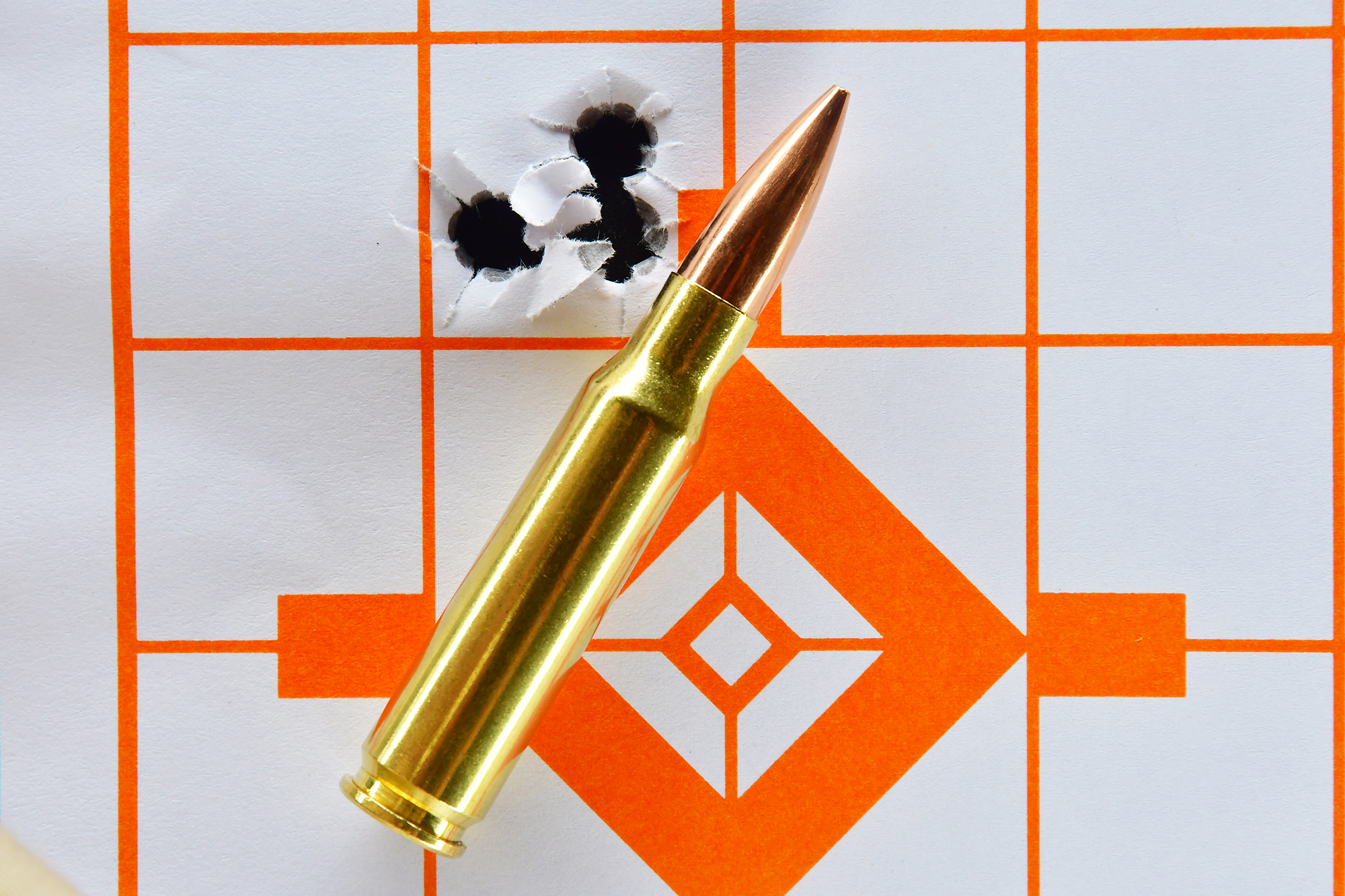
The 6.5 Creedmoor is an inherently accurate cartridge. A couple of years ago, I looked at the accuracy data from the last dozen factory rifles I tested that were chambered in 6.5 Creedmoor. All were tested with a minimum of three three-shot groups, using a variety of factory ammo, shooting at 100 yards with a minimum of five different loads. The results were stunning.
Average group size, for all loads tested for all rifles, was just 1.05 inches. Average size of the best groups, for all tested loads, was 0.77 inches. Outdoor Life took an even deeper dive into the accuracy of 6.5 Creedmoor factory ammunition—shooting more than 200 5-shot groups—with equally impressive results.
I recently repeated this exercise, crunching the numbers for the last 12 factory rifles I tested that were chambered in .308 Win. Although the .308 Win. has a well-earned reputation for delivering good accuracy, it wasn’t the equal of the 6.5 Creedmoor. Average group size for all tested loads with all rifles was 1.38 inches, which is still quite good. Average best-group size for all tested loads was 0.90 inches. Overall results proved that the .308 Win. has more than enough accuracy to get the job done in the field.
READ NEXT: Best .308 Hunting Ammo
This should not be taken as the end-all, be-all accuracy data on the 6.5 creedmoor vs .308 Win. Simply consider it to be one shooter’s experience from the range. The difference between the two cartridges, in my experience, is that the 6.5 Creedmoor is more consistently accurate across a range of rifles and loads, while some rifles chambered in .308 Win. can be more finicky in their ammo preferences. The important thing is to find ammo that shoots the best out of your specific rifle, and also uses a bullet designed for your application.
Recoil
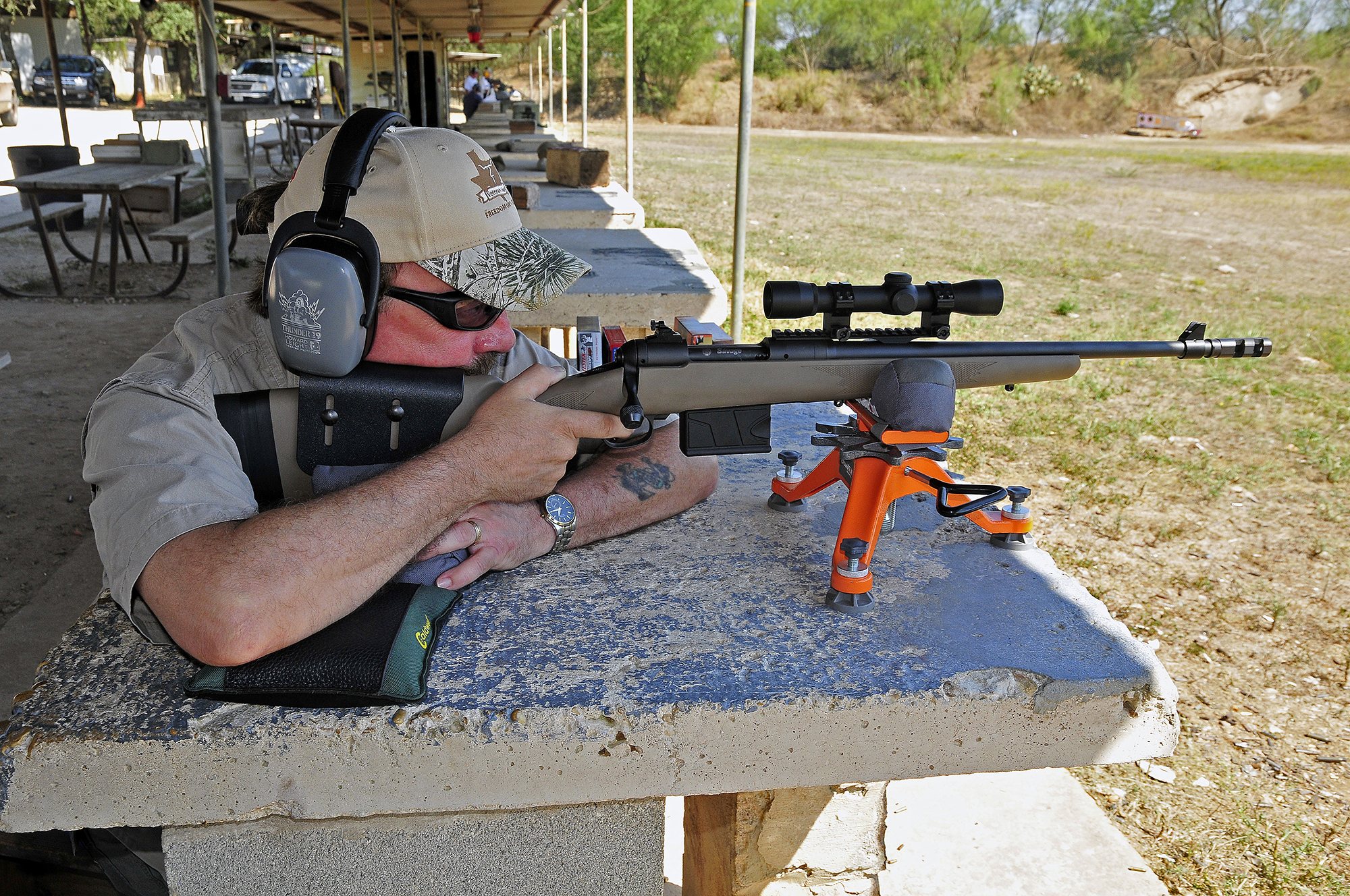
Generally speaking, the 6.5 Creedmoor is easier on the shoulder than the .308 Win. With similar-weight bullets launched from same-weight rifles, the 6.5 Creed will produce 25 percent to 30 percent less recoil than the .308. An eight-pound 6.5 Creedmoor rifle firing a 140-grain bullet will generate about 11.6 foot-pounds of recoil energy, while a .308 rifle of equal weight shooting a 150-grain bullet produces about 15 foot-pounds of recoil energy, which is a level some shooters begin to find uncomfortable.
As you go down in rifle weight and up in bullet weight, recoil becomes more pronounced. A seven-pound .308 rifle launching a 178-grain bullet imparts more than 19 foot-pounds of recoil energy, but a seven-pound 6.5 Creedmoor rifle shooting a 143-grain bullet produces little more than 13 foot-pounds.
The 6.5 Creedmoor produces less calculated recoil, but perceived recoil, which is subjective and can be mitigated by recoil pads and muzzle brakes, is what matters most to the shooter. Neither cartridge will rattle your teeth, and the .308 Win. still produces less recoil than cartridges like the .30/06 Springfield and .270 Win.
Today’s ultra-light mountain rifles can be another matter, and some hunters have a difficult time shooting them accurately due to the greater felt-recoil. If you’re sensitive to recoil, the 6.5 Creedmoor gets the nod in this department.
Ballistics
Thanks to its high ballistic coefficient bullets, the 6.5 Creedmoor is widely proclaimed to shoot flatter than the .308 Win., but is that really the case? It may appear to be when you look at some published ballistic comparison charts, but many of these charts compare lighter 6.5 Creed bullets to heavier .308 bullets. Let’s look at two loads using similar, popular bullet weights for deer-sized game using factory numbers (figure on a bit less velocity in most hunting rifles for real-world figures).
Hornady’s 6.5 Creedmoor 143-gr. ELD-X bullet launches at 2700 fps. Zeroed at 200 yards, the bullet drops 7.9 inches at 300 yards, 22.4 inches at 400 yards and 44.4 inches at 500 yards.

In comparison, Federal’s 150-grain Noser Ballistic Tip .308 Win. load has a muzzle velocity of 2820 fps. Zeroed at 200 yards, the bullet drops 7.8 inches at 300 yards, 22.7 inches at 400 yards and 45.8 inches at 500 yards. Trajectories are virtually identical to 500 yards, and most game animals are shot well under that distance.
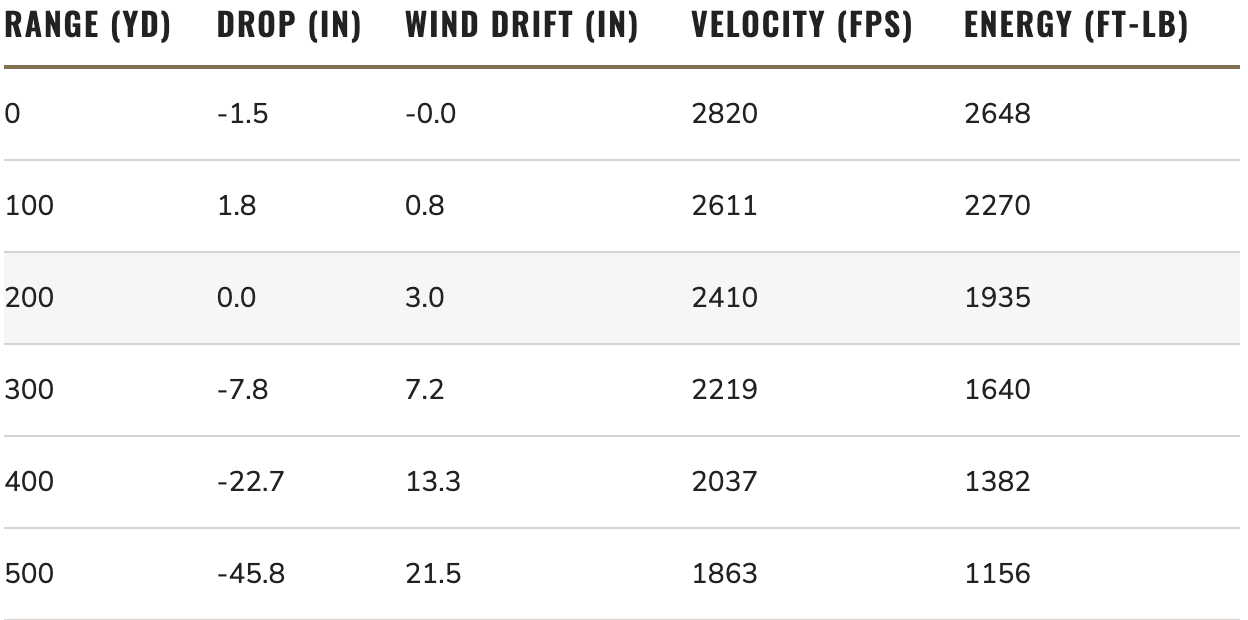
With these same two loads, the 6.5 Creedmoor has a modest advantage in retained energy. The numbers for the 143-grain ELD-X are 1,658 foot-pounds at 300 yards and 1,308 foot-pounds at 500 yards. The .308 Ballistic Tip is close at 300 yards with 1,640 foot-pounds of energy, but it begins to drop off beyond that, with 1,156 foot-pounds at 500 yards. Retained energy is closer with some heavier, high-BC .308 bullets, such as the 168-grain Berger Hybrid Hunter, but it still drops more than the 143-grain 6.5 Creedmoor bullet at distance.
For most hunters, these numbers aren’t that meaningful. Using the often-cited minimum of 1,000 foot-pounds for deer-sized game, each bullet will easily kill deer at 500 yards.
Here’s one factor that does matter to hunters: The 6.5 Creedmoor has a clear advantage over the .308 Win. in bucking the wind. In a full-value 10 mph breeze, bullet drift for the same 143-grain and 150-grain loads, respectively, are 4.84 inches versus 6.71 inches at 300 yards, 8.82 inches versus 12.36 inches at 400 yards, and 14.06 inches versus 20.03 inches at 500 yards. The gap widens the greater the distance.
The .308 Win. has a somewhat longer barrel life than the 6.5 Creedmoor, but most hunters will never shoot their 6.5 Creed rifle enough to find out. The .308 Win. also beats the 6.5 Creedmoor in availability of factory ammo loaded with heavier bullets. These heavier bullets carry more energy at common hunting distances. Hornady’s 178-grain ELD-X .308 Win. load, compared to its 143-grain sibling, impacts with 236 more foot-pounds of energy at 300 yards, and delivers 1,465 foot-pounds of energy at 500 yards.
READ NEXT: Best .308 Hunting Rifles
Of course, game animals don’t succumb to calculated foot-pounds of energy, and a lot of hunters have killed game with the 6.5 Creed and the .308 Win.at distances beyond 500 yards with the aid of good rifles, ammunition, optics, rangefinders and ballistic calculators. A more important factor than retained energy is whether your bullet has enough velocity to penetrate, expand and deliver lethal terminal performance. By this measure, there are many other cartridges that outperform both the 6.5 Creedmoor and .308 Win. at long distance.
Terminal Performance
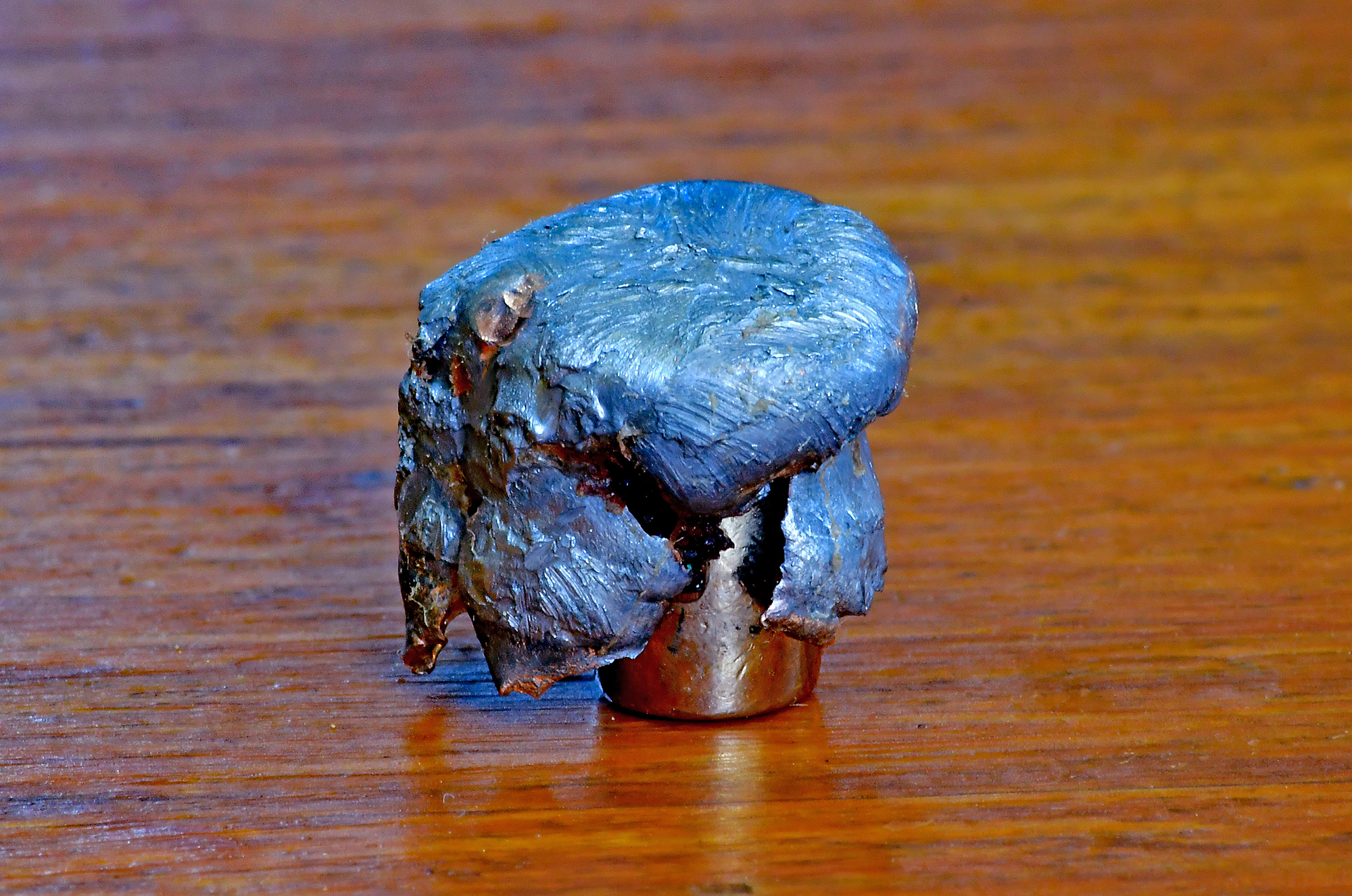
Terminal ballistics, or how a bullet behaves when it hits and transfers energy to its target, is an inexact science. You can shoot two identical animals with the same shot placement, with the same bullet at the same distance, and they may react differently. One may drop in its tracks, and the other may run 100 yards. That can happen with either cartridge.
A point often lost in debate is the fact that it’s not the cartridge that does the killing, it’s the bullet. The bullet’s design and impact velocity play large roles in how it performs upon impact. All bullets kill by damaging vital organs and shutting down blood flow. This places a premium on shot placement and bullet selection.
Bullets with high sectional density, such as the 6.5 Creedmoor, have better potential penetration, but that depends on a specific bullet’s design. Sectional density changes the moment the bullet begins to mushroom, and a bullet that expands instantly and sheds energy too soon may not cause maximum damage to vital organs. A bullet that expands too little may pencil through, inflicting insufficient damage to be immediately fatal. One of the arguments against the 6.5 Creedmoor is that it doesn’t always leave a good blood trail or penetrate deeply enough, despite its exceptional sectional density, to create an exit wound for easier blood-trailing.
The problem with this argument is that it can also be applied to many other cartridges that routinely kill a lot of animals. Results depend upon where you hit the animal, what distance you hit it at and what bullet you’re using. Standard soft-point cup-and-core bullets are less likely to exit, while monolithic and bonded bullets are more likely to exit. Understandably, many hunters prefer bullets that exit. But I’ve probably shot (and quickly recovered) just as many animals with .308 Win. bullets that did not exit as I have with 6.5 Creedmoor bullets that didn’t exit.
Dead is dead, and it often matters little if the bullet exits or lodges under the offside hide. If you’re hunting in terrain that makes it desirable to drop an animal in its tracks, pin it through the shoulders with an all-copper bullet. Few deer travel far with two smashed shoulders and a lot of damage in between.
The fallacy of the two-hole argument was demonstrated last year when I shot two giant black bears in northern Alberta using a Mossberg Patriot rifle and Hornady .308 Win. 150-grain InterLock loads. The bullet did not exit on the first bear I shot. He ran a half circle about 60 yards into timber before going down, but left a blood trail anyone could follow. The bullet did exit from the second bear, which ran 20 yards and dropped, but left virtually no blood trail. Even with two holes, there are no guarantees.
One factor to consider in the 6.5 Creedmoor vs .308 Win. discussion is the larger frontal area of a .308 bullet. All things being equal, a bullet with a larger diameter will make a larger entry hole and mushroom to a larger diameter, theoretically causing greater damage to vital organs. For this reason alone, I will choose the .308 Win. over the 6.5 Creedmoor when hunting something large and hairy that can bite.
That doesn’t mean the 6.5 Creedmoor won’t kill black bears, or that it’s suitable only for deer-sized game, as some assert. That’s simply untrue, as many hunters prove every season. Hunters in Sweden have long used the 6.5X55 Swedish—which has similar performance to the 6.5 Creedmoor—to take moose, albeit mostly at relatively close range. On the flipside, some hunters underestimate the ability of the .308 Win. to take larger game animals. The truth is, neither of these cartridges are the hammers of death that will drop the biggest game in its tracks every time. But when paired with the right bullets, both cartridges are effective at taking big game at all reasonable hunting ranges.
Ammo Availability and Selection
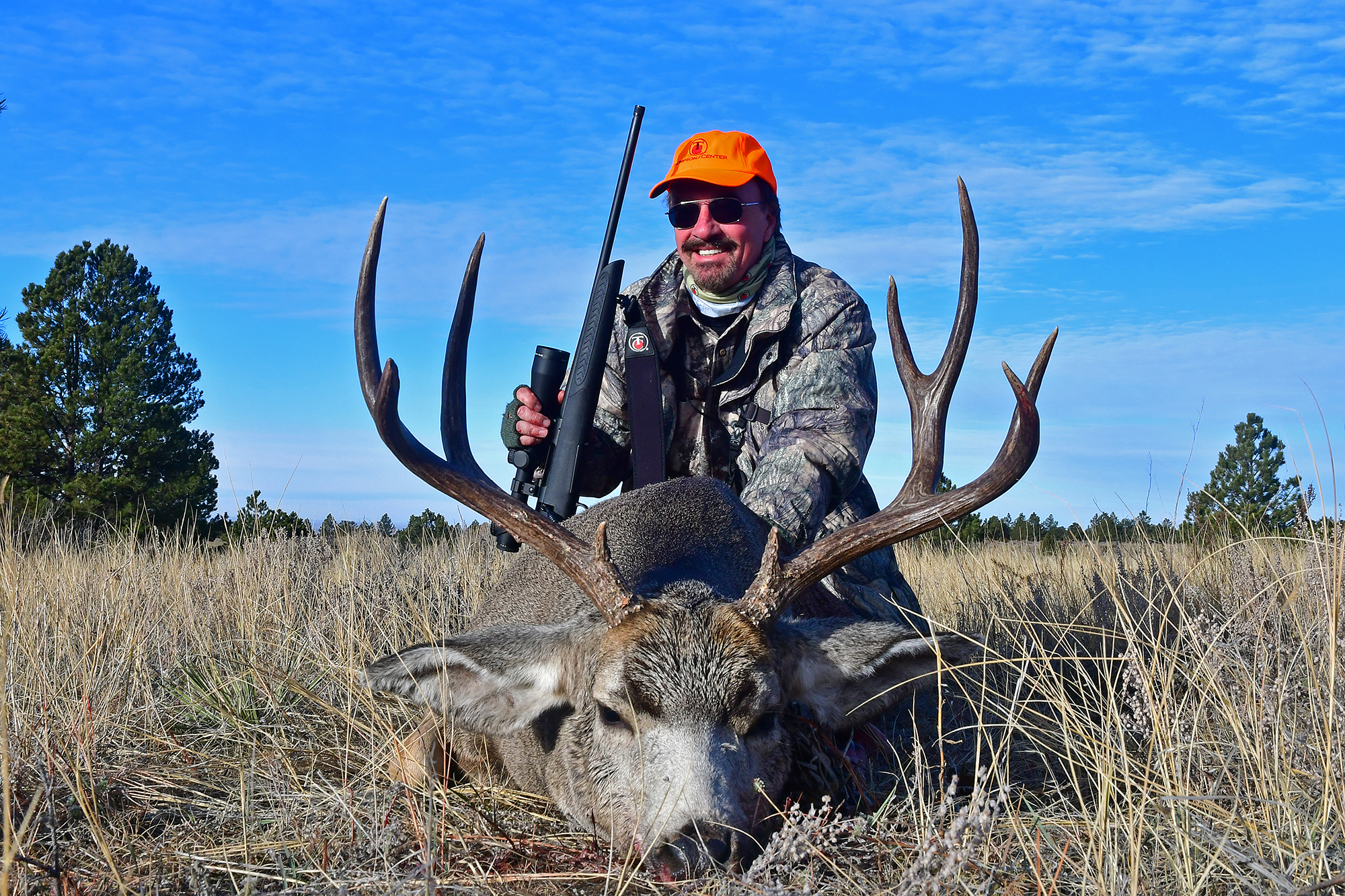
There are few places in the world where you can’t find .308 Win. ammunition. Even during the ammunition shortage of the past few years, .308 Win. was easier to find in many areas than most other cartridges. This is partly because there was so much of it out there before the shortage hit. In contrast, supplies of the 6.5 Creedmoor, which is also now globally popular, became very tight at the peak of the shortage.
READ NEXT: Hunting Cartridges That Are Still Available During the Ammo Shortage
The .308 also has an advantage in ammunition selection. Federal, Hornady and Winchester currently list a total of 39 different 6.5 Creedmoor loads in bullet weights ranging from 95 grains to 147 grains. That’s a wide selection. But these same manufacturers list a whopping 72 different .308 Win. loads with bullet weights of 110 grains to 220 grains. On this numerical basis, the .308 Win. is arguably the more versatile cartridge, but for most hunting purposes, you can find a load in either cartridge with traditional soft point, bonded and partitioned bullets as well as monolithic copper bullets and newer premium bullets that hold together and expand reliably near and far.
While ammo makers have struggled to boost supply, inflation has driven prices up, and 6.5 Creedmoor ammo can, in some cases, be more expensive than .308 ammo. Federal’s listed prices for some 6.5 Creed loads are about $10 higher per box over same-style .308 loads. Real-world prices vary, however, and with some loads, such as Hornady’s Precision Hunter ELD-X and Winchester’s Deer Season XP lines, you’ll often find little difference in price between .308 Win. and 6.5 Creedmoor.
Final Thoughts on the 6.5 Creedmoor vs .308 Win.

Only you can decide which cartridge is right for you, but let’s set the record straight: the 6.5 Creedmoor and the .308 Win. are both very good general-purpose hunting cartridges that can take most North American game animals, with proper bullet selection and shot placement, within reasonable range for each cartridge. If you’re interested in less recoil and a more efficient cartridge, the 6.5 Creed is a great choice. If you want options to shoot heavier bullets, the .308 Win. makes a lot of sense.
Most importantly, you don’t have to choose. Pick out different rifles for different applications chambered in each. Life is too short to hunt or shoot with just one cartridge.
